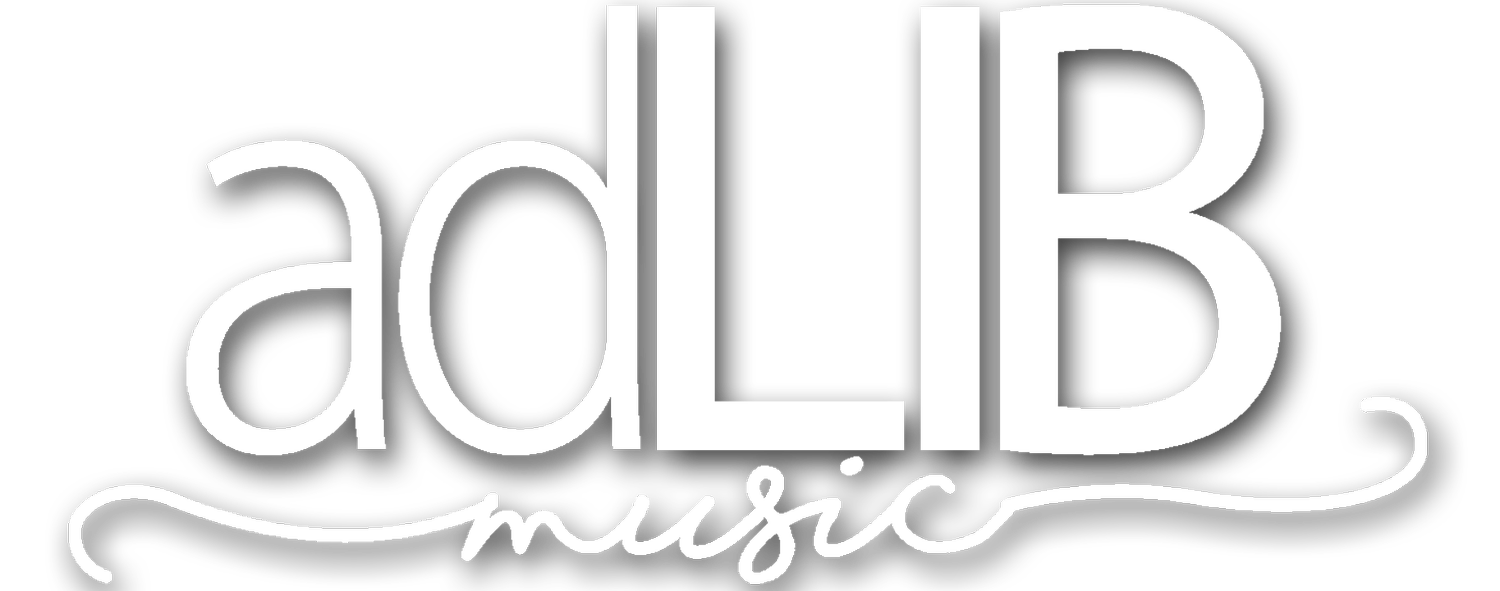Hack: Learning New Songs
As a homeschooling family, we’ve been familiar with Charlotte Mason for a long time. One quote from her got me thinking.
In the book A Philosophy of Education, she says, “As knowledge is not assimilated until it is reproduced, children should ‘tell back’ after a single reading or hearing: or should write on some part of what they have read.”
In other words, to assimilate or learn something, you need to reproduce it. You must replicate before you can assimilate. For example, you can read a chapter and then pretend you’re giving a lecture and retell everything you know about it. This will cement your learning, making it stick.
Do you struggle to learn new songs? Before you say you don’t, let me clarify what I mean.
For a song to be learned well, I must study it, understand it, get it into my fingers or vocal cords, and be prepared to play it with a different band than was on the recording. It’s a nuanced process that many worship team members try to bypass. It makes for long rehearsals, versions of songs that lack groove, and confused congregations because they experience cognitive dissonance (being presented with a song they are familiar with that doesn’t sound like what they expect.)
Here’s how to adapt the Charlotte Mason philosophy to learning songs.
Listen to a song once and see how many words, chords, melodies, riffs, rhythms, etc. you can remember. When you first try this method, it may be next to nothing. That’s okay. You’ll learn better as you practice this.
Next, text one of your worship team members all the lyrics you can remember. You can make a game of this by having each person do the same if they have only listened to the song once. (The drummers can’t play because they only listen for the first time on the way to rehearsal.)
Next, guess what the BPM is for the song. You can use one of those apps on your phone to tap it in. Were you close?
Listen to the song for a second time.
Take the chord chart and try remembering any “MD” (Music Director) markings - things about the arrangement. For example, when do the drums come in? (And by the way, I was kidding about drummers only listening on the way to rehearsal. I meant bass players.) Where does the electric guitar hook come in? What’s the dynamic difference between the chorus and the bridge? What part of the song makes you smile? Where is a spot in the song that reminds you of an 80s tune? Where does the kick pattern change? Details. Nuances. Dynamics. Notice everything you can remember.
What I’m trying to get you to avoid is death by repetition - listening over and over to the song with little actual learning. By recalling and reproducing with minimal exposure, you’re maximizing the internalization.
Try it and let me know how it worked!
-Dave Helmuth
(purchase my book, "Worship Fertilizer: (the first hundred)" HERE)
Hack: Learning New Songs (Nº 415)

